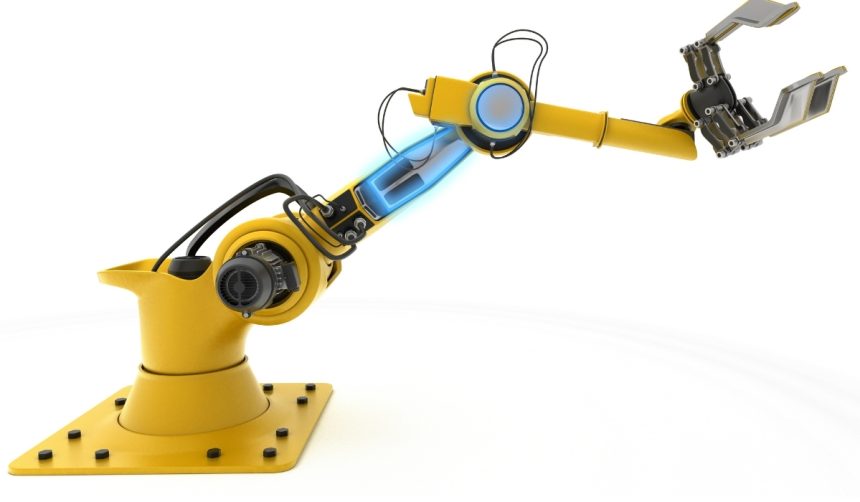Pony.ai Inc. is set to advance its autonomous driving technology with the unveiling of its seventh-generation system, aiming for mass production by mid-2025. This move positions the company at the forefront of the autonomous vehicle industry, leveraging its innovative Virtual Driver technology. As the market for self-driving vehicles continues to expand, Pony.ai’s latest developments could play a significant role in shaping the future of transportation.
In recent years, Pony.ai has steadily enhanced its autonomous driving capabilities, building on previous generations of technology. The seventh-generation system represents a substantial improvement in both cost-efficiency and performance, reflecting the company’s commitment to scalable and reliable autonomous solutions. Earlier iterations laid the groundwork, but this latest system introduces critical advancements that could accelerate widespread adoption.
How Will the New System Enhance Affordability?
The seventh-generation autonomous driving kit (ADK) introduced by Pony.ai is designed to be more affordable without compromising on quality. Continuous design optimizations have led to a 70% reduction in the total bill-of-materials (BOM) costs. Additionally, there is an 80% decrease in autonomous driving computation (ADC) costs and a 68% reduction in solid-state lidar expenses compared to the previous generation. These cost savings make the technology more accessible for mass production.
What Role Do Strategic Partnerships Play?
Partnerships with major automotive manufacturers such as Toyota, BAIC, and GAC are integral to Pony.ai’s strategy. These collaborations have resulted in the development of various robotaxi models, including the Toyota bZ4X Robotaxi, ARCFOX Alpha T5, and the second-generation Aion V. By working closely with established car companies, Pony.ai ensures that its autonomous systems are effectively integrated into a range of vehicle models, facilitating broader market reach.
How Is Safety Being Addressed in the New System?
Safety remains a paramount concern for Pony.ai, particularly for Level 4 autonomous driving systems. Dr. Tiancheng Lou, Chief Technology Officer, emphasized that their systems exceed human driving capabilities through advanced simulations and realistic scenario generation.
“Our proprietary PonyWorld generates realistic scenarios, conducts high-fidelity simulations, and establishes behavior evaluation benchmarks to make our autonomous decision-making go beyond human capability,”
he stated. This focus ensures that the autonomous vehicles operate safely and reliably under various conditions.
The launch of the seventh-generation system coincides with Pony.ai obtaining a testing permit for SAE Level 4 autonomous driving in Luxembourg and the operation of a fully driverless robotaxi service in Shenzhen’s Nanshan District. These developments demonstrate the company’s readiness to deploy advanced autonomous vehicles on a larger scale, aligning with global trends towards automated transportation solutions.
Pony.ai’s latest advancements not only improve the economic viability of autonomous systems but also enhance their safety and adaptability across multiple vehicle platforms. By reducing costs and strengthening strategic partnerships, the company is well-positioned to meet the growing demand for autonomous vehicles. The integration of cutting-edge technology with practical deployment strategies underscores Pony.ai’s role in the evolving landscape of self-driving transportation.










